Ecommerce Personalisations
Ecommerce Personalisations Table of Contents
- Ecommerce Personalization
- Definition for Ecommerce Personalization
- Context
- Behavior
- History
- Ecommerce Personalization Goal Metrics
- Multi-Device Ecommerce Personalization
- Ecommerce and Omnichannel Personalization
- The Benefits of Omnichannel Personalization include:
- Overview of Ecommerce Personalisations
- Best Ecommerce Solution by Rating
- Best Ecommerce Solution by Price
- Best Ecommerce Solution by Rated Features
- Check Your Ecommerce Solution Offers Round The Clock Support
- Make Sure Your Ecommerce Solution Offers The Features You Need
- Best Ecommerce Software Solution Verdict
- Ecommerce Software Frequently Asked Questions
- What is the best Ecommerce Solution?
- What is the cheapest Ecommerce Solution?
- Is there a free Ecommerce Solution?
- View all of the top Ecommerce Software Solutions
- Ecommerce Alternatives
- Ecommerce VS Side by Side Comparisons
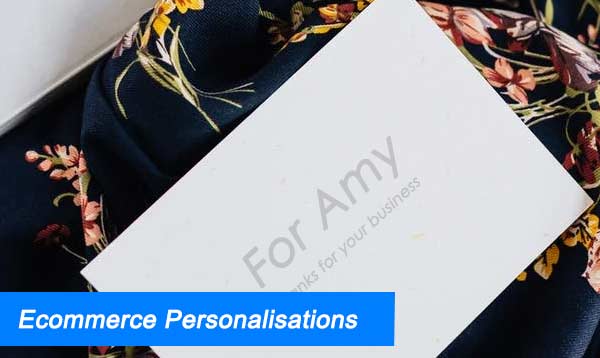
Ecommerce Personalization
Definition for Ecommerce Personalization
Ecommerce Personalization is used as a term by online retailers to refer to a personalized display of information, mediums, and product recommendations focused on browsing behavior, history of sales, demographics, and psychographs to build personal interactivities and experience on eCommerce pages.
Before beginning any process for advanced eCommerce personalization, Any company with a transactional eCommerce portal should be able to collect data through its eCommerce website and to customize interactions on the basis of:
Context
Device type
Regular Time
Weather
Place and time
Sources for Referral
Behavior
Kind of products that are recently viewed
Products from carts abandoned
History
Past purchases
Loyalty program member
Past email interactions
There are thousands more outside those initial data points that can be taken into consideration but can never be taken into account by an individual. A personalization platform will use machine learning to take into account all these various data points in order to decide what works best in real-time for the consumer.
Ecommerce Personalization Goal Metrics
An organization must first evaluate the targets for its personalization activities in order to assess progress. Retailers use personalization to maximize revenue, conversion rates, bounce rates, or commitments regularly, but also to create your own measurements or choose a number of other choices, including:
Add-to-Cart Rate
Revenue Per Session
Average Order Value
Cart Abandonment Rate
Average Page Views
Multi-Device Ecommerce Personalization
Customers are constantly engaging with products with more than one unit. Distribution Company who monitors their customers on different devices may collect insightful statistics about who is the precious customer to them and how much these customers communicate with their brand and the type of on-the-spot interactions they have. Statistics show substantial changes in the rates of view, sales rates, and average multi-unit order prices against individual device personalization:
The rate of view of the product is 88% against 58%
The buying rate is 55% vs. 6%
$130 v. $115 for AOV
This allows custom shoppers to sell the retailer more value explicitly as a result of being known along their expedition, and are offered all the advantages of a more coherent, customized experience.
Ecommerce and Omnichannel Personalization
Personalization has historically been confined exclusively to online platforms. Online methods alone are useful, but they have a connection with you in the mind of the customer not one on the platform. This relationship should be compatible with all communications, online, offline, in-store, email, or smartphone. In order to create an environment that genuinely respects the customer, the network and approach need to be there.
The Benefits of Omnichannel Personalization include:
It has the ability to copy on any customer channel and also to personalize contents and products
Linking online actions of customers to in-store details with the use of the customer service app when a particular customer searches for specific products online
connect online browsing habits of customers to personalize the experience and enable the use of geofencing in specific push alerts
Enables online product reviews and e-mail coupons to reflect in-store shopping to allow a POS feedback loop.
Scroll down to read our indepth Ecommerce Platforms guide. What you should know, Ecommerce Platforms features, price plans and support. Pros and Cons of Ecommerce Platforms as a ecommerce, everything is explained below.
Overview of Ecommerce Personalisations
Shopify is a software company that specialises in ecommerce software for small to enterprise level businesses.
Shopify is listed as the best ecommerce software related to Ecommerce Platforms. Shopify was founded in 2006 in Ottawa, Canada and currently has over 6,124 employees registered on Linkedin.
Best ECOMMERCE Solution By Rating
Get our stories delivered
From us to your inbox weekly.
 Shopify
Shopify
 Shopify Plus
Shopify Plus
 Volusion
Volusion
 WooCommerce
WooCommerce
 3dcart
3dcart
 Big Cartel
Big Cartel
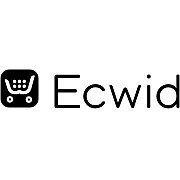 Ecwid
Ecwid
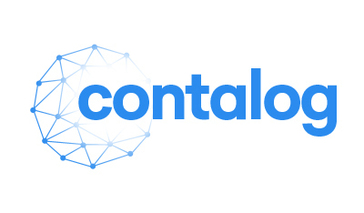 Contalog
Contalog
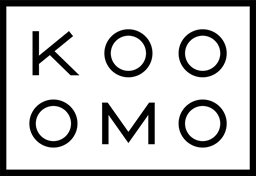 Kooomo
Kooomo
 Ecomchain
Ecomchain
 Trusted Shops
Trusted Shops
 PayMotion
PayMotion
 PayKickstart
PayKickstart
 Upclick
Upclick
 Storbie
Storbie
 Nexternal eCommerce Platform
Nexternal eCommerce Platform
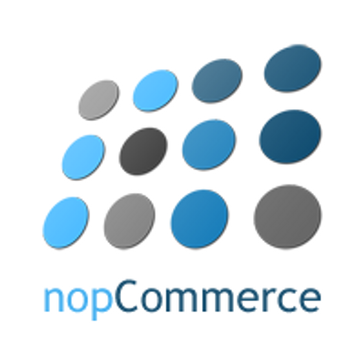 nopCommerce
nopCommerce
 Virto Commerce
Virto Commerce
 Gumroad
Gumroad
 FastSpring
FastSpring